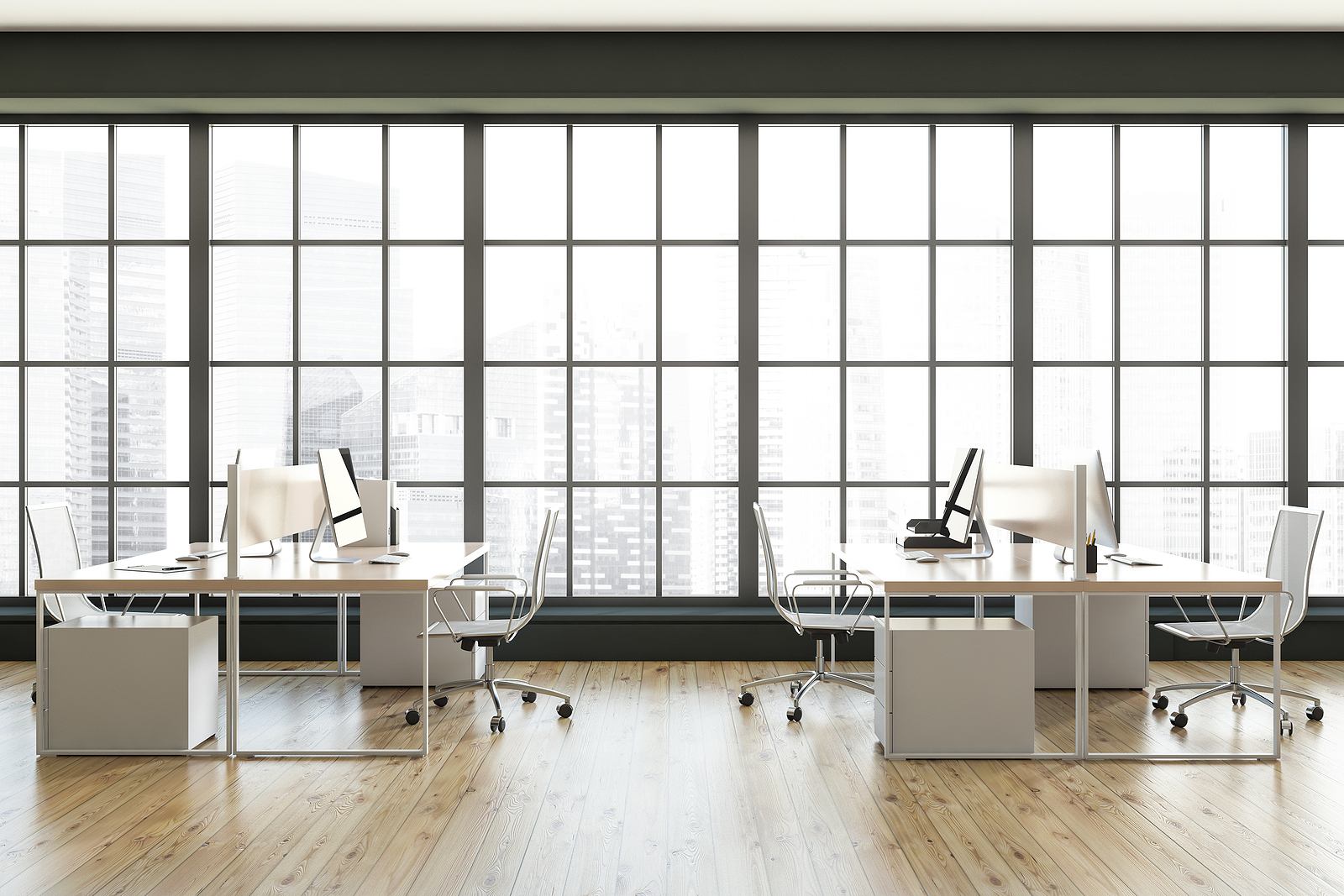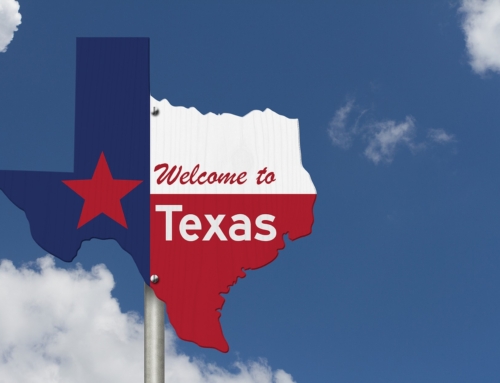A return to work plan for employers is a hot topic. The beginning of 2022 looked brighter than the last couple of years. Many companies revisited their operations plans, looking forward to bringing their employees back to their workplaces.
The COVID pandemic is a catalyst that has driven many changes in our work culture worldwide. While it’s hard to narrow down what things look like for employees who embrace new mobile and remote workspaces, we also know that offices will reopen at some point and will need a unique physical footprint.
The bigger question is, are companies prepared to bring all their employees back to work? Do employees want more than what the office space offered before remote opportunities became the norm?
Return to Work Office – The Big Change
HR experts have identified key trends that are changing the working environment for companies across industries. Whether a tech giant or a small-scale retail business, every business will have to adopt changes to bring their employees back and retain them. It’s too early to forget about the Great Resignation of 2021.
According to the Harvard Business Review, the U.S. Bureau of Labor Statistics reported that 4 million Americans quit their jobs in July 2021. Resignations peaked in April and have remained high for several months, with a record-breaking 10.9 million open jobs at the end of July. (Cook 2021)
How can employers retain people in this tidal wave of resignations? It’s a fact that employees aren’t afraid of change anymore.
Employees Want to Come Back to Redesigned Offices
Employees across the board learned to innovate and improvise during their work-from-home experience. A recent McKinsey study showed that flexibility, wellbeing, and work-life balance are top of mind. (Alexander et al. 2021) Better technology and lucrative incentives are add-ons, and companies need to pay attention.
Nearly 60% of millennials report that discovering new insights is significant to them when applying for a job for the younger workforce. They may also stay longer at a company if involved in social causes.
In short, the employers will have to work on not only the layout and function of workplaces to suit employees’ evolving needs, but they also have to have a social conscience.
If you are looking at redesigning ideas for your company, our recommendation is to explore external combinations of solutions rather than redoing an entire building floor. You may be surprised by the difference in overall expenditure. For example, using an office condo or an executive suite is a great way to connect remote employees. Satellite locations for remote staff can help them feel like they are part of something bigger.
The Hybrid Work Model is Here to Stay
Hybrid work solutions offer a combination of work structures – remote work, in-office, and work-from-another-location. Hybrid work solutions are believed to promote a better work-life balance. It reduces the company’s overhead costs without affecting the quality of work. What’s the result? Employee satisfaction, higher work productivity, and improved overall wellbeing result when employers listen to and act on impending change.
Research into the benefit of a hybrid work model to businesses was conducted by some of the world’s leading research institutes, including Harvard and Stanford University. The results indicated that workplace flexibility increases a business’s bottom line in five areas including employee performance and productivity and the business’s profitability.
Solutions for Today’s Employers Facing Back to Work Initiatives
Executive Suites: These are furnished offices including reception, boardrooms, kitchens with gourmet coffee tea, amongst other amenities. For occasional conference and team meetings in a hybrid setup, you can lease executive suites for the short or long term.
Residential Condominium Conversions: While most of the infrastructure, including roads and public transportation, is often in place, transforming residential condominiums into office space is an innovative step to attract business tenants on a budget. An office condo offers flexible work options, occasional team meetings, and client meetings.
Coworking Solutions: Coworking and other flexible workspace solutions offer conducive environments for employees to innovate, collaborate and be more productive. Companies can opt for membership that allows employees to work in any city in which the partner coworking space is located.
Renovation of Existing Space
Renovating your existing office space can give it a fresh look that meets the demands of your employees and clients. However, it can go in the opposite direction without a proper plan. Consult a good design and build a team and create a solid plan to ensure that the project is completed as planned without costing a lot of money.
Oliver Commercial Real Estate Understands Your Business Needs
Oliver CRE specializes in identifying the unique work environment of your company and offers solutions to meet the specific needs of each individual. We have commercial spaces in the Houston Galleria, Oil and Gas Corridor, The Woodlands, and the Port of Houston. For more information, visit Oliver-cre.com or contact us on 281-558-1111.
Works Cited
Cook, Ian. “Who Is Driving the Great Resignation?” Harvard Business Review, 15 Sept. 2021, hbr.org/2021/09/who-is-driving-the-great-resignation.
Alexander, Andrea, et al. “What Employees Are Saying about the Future of Remote Work.” McKinsey & Company, McKinsey & Company, 1 Apr. 2021, www.mckinsey.com/business-functions/people-and-organizational-performance/our-insights/what-employees-are-saying-about-the-future-of-remote-work.






